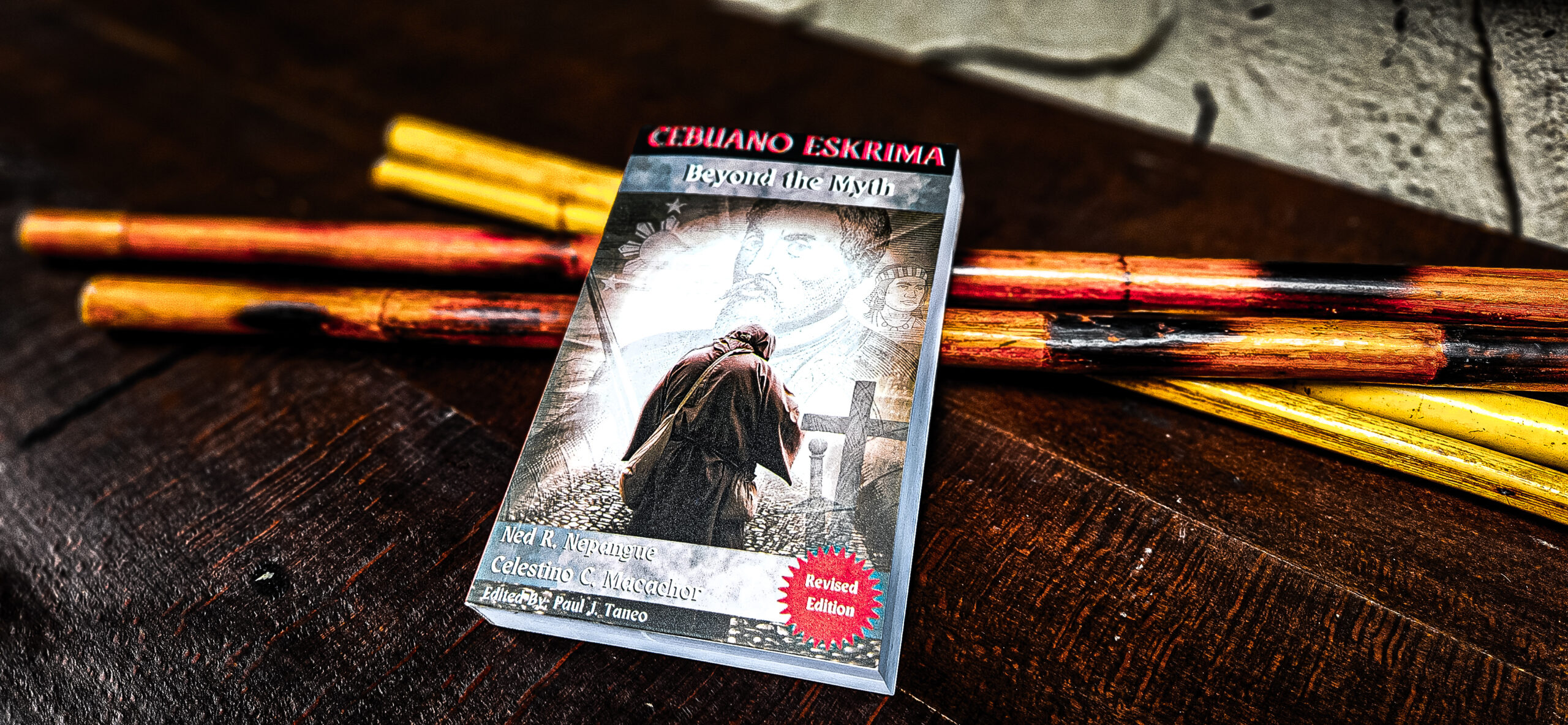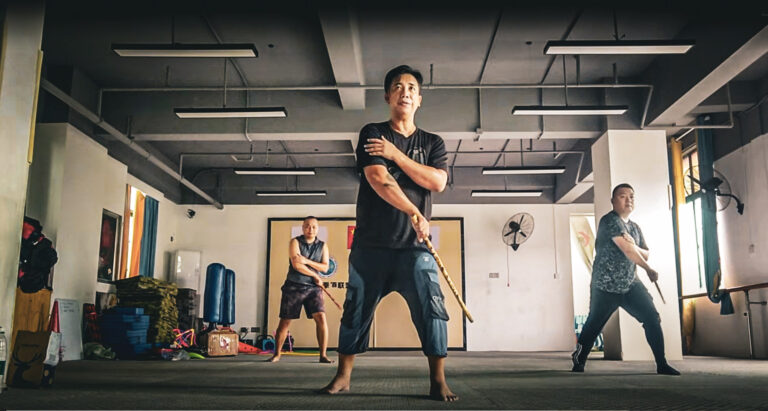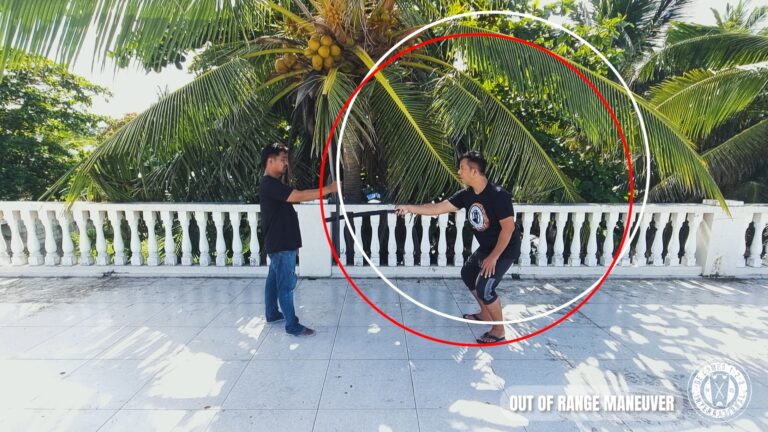Kali vs Eskrima and Arnis in Filipino Martial Arts
The term Kali vs Eskrima and Arnis has sparked much debate in Filipino Martial Arts (FMA). This conversation likely intensified after the release of Cebuano Eskrima: Beyond the Myth by Dr. Ned Nepangue and Celestino Macachor. The book challenges the belief that “Kali” was historically used in the Philippines to describe its indigenous martial arts, suggesting instead that Filipino-American practitioners popularized the term in the mid-20th century.
Historical Context of Kali vs Eskrima and Arnis
Cebuano Eskrima: Beyond the Myth claims that “Kali” wasn’t traditionally used for Filipino martial arts before the 1960s. The terms Eskrima, Arnis, and Pananandata had long been used to describe the fighting systems in the Philippines. According to the authors, Filipino-American martial artists like Dan Inosanto helped popularize “Kali” in the U.S. during the 1960s and 70s. They aimed to differentiate FMA from other Southeast Asian martial arts.
While some argue that “Kali” has no historical roots, it’s possible that regional terms like “Olisi” and “Garote” existed alongside it. Filipino-Americans might have adopted these terms had they been more well-known. However, Kali vs Eskrima and Arnis resonated globally, likely due to the connection to the Filipino sword “Kalis.”
The Rise of Kali vs Eskrima and Arnis and Its Modern Use
The popularity of Kali vs Eskrima and Arnis today is undeniable. Practitioners frequently use these terms together, not necessarily for historical accuracy but because of their recognition. On social media, hashtags like #kali attract a broader audience, showcasing the Filipino-American influence that made “Kali” a globally recognized term. While we use “Kali” for visibility, the goal remains to guide people toward understanding Eskrima and Arnis, which are more deeply rooted in Filipino history.
Regional Terminology in Kali vs Eskrima and Arnis
In the Philippines, regional terms for FMA vary. “Arnis” is the most commonly used term in Luzon, while “Eskrima” dominates in Cebu and other parts of the Visayas. In Negros, practitioners often refer to it as “Baston.” In Cebu and other Visayan regions, terms like “Olisi” and “Garote” are also used. Despite these variations, the essence of the martial art remains consistent.
However, the rise of Kali vs Eskrima and Arnis has led to confusion. Many people, including some practitioners, mistakenly believe that these terms represent different systems. Non-practitioners, particularly in the Philippines, often add to the confusion by referring to any martial art they see as “Karate,” diluting the true identity of Filipino martial arts.
The Dominance of “Arnis” in Sports
Sports Arnis has also played a role in promoting certain terms. After the Arnis Law was passed, schools in the Philippines pushed Arnis more aggressively, especially in its sports form. As a result, younger generations associate FMA mainly with “Arnis” through their participation in tournaments. Many of these young practitioners remain unaware of the traditional aspects of Eskrima.
This mirrors the situation in Korea with Taekwondo. Initially, Korea had many distinct martial arts styles. Over time, most styles unified under Taekwondo, which then became the dominant label. As a result, Taekwondo overshadowed other styles, which slowly lost their unique identities. Filipino martial arts face a similar risk if Sports Arnis continues to overshadow the traditional roots of the art.
A Balanced Approach to Kali vs Eskrima and Arnis: Tradition and Modern Reality
While “Kali” has become part of FMA’s global vocabulary, ignoring its value in attracting new practitioners would be a mistake. Still, it’s vital for the FMA community to prioritize historically accurate terms like Eskrima and Arnis, which hold deep cultural significance.
Using “Kali” helps bring attention to FMA, but practitioners must also educate others about the art’s true history. As people discover Kali vs Eskrima and Arnis, they can gradually learn to appreciate the importance of Eskrima and Arnis. By promoting these terms, we can preserve the rich history of Filipino martial arts and ensure that future generations understand its roots.
Conclusion
The debate over Kali vs Eskrima and Arnis highlights the complex evolution of Filipino martial arts. While Cebuano Eskrima: Beyond the Myth questions the historical origins of “Kali,” the term has undoubtedly become a key part of FMA’s identity today. Practitioners should continue using “Kali” as a tool to reach a wider audience. At the same time, promoting Eskrima and Arnis ensures the preservation of the art’s authentic roots.
By balancing tradition with modern realities, we can maintain the rich history of Filipino martial arts while ensuring its continued growth and visibility.

If you want to get a copy of the revised edition of Cebuano Eskrima: Beyond the Myth, you can contact Manong Celestino “Tinni” Macachor directly on his Facebook account. This insightful book, co-authored by Dr. Ned Nepangue (deceased) and Manong Tinni, explores the history of Filipino Martial Arts in Cebu, debunking many myths surrounding Kali vs Eskrima and Arnis. Maestro Paolo Pagaling, a student of Manong Tinni Macachor, trains in the FMA system Manong Tinni developed, called Estokada de Campo, which is also based on De Campo 123 Original. This revised edition provides an in-depth look at the authentic roots of the art.









